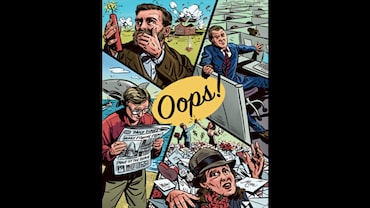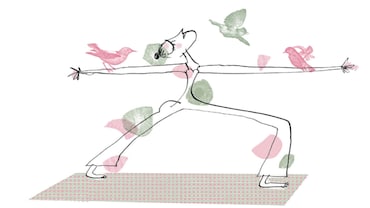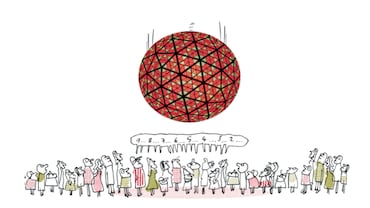- HOME
- /
- Odds and Ends
- /
- Who knew
- /
13 Things You Should Know About Saving Water
Small ways to implement water conservation in our daily lives

1. Conservation is key. There may be nearly 1,38,60,00,000 cubic kilometres of water on Earth, but only about 3 per cent of it is drinkable.
2. The water wasted by leaky faucets adds up. In a house with three taps that lose only two drops per minute, a total of 730 litres will dis-appear down the drain each year.
3. Invest in aerators. These inex-pensive accessories for faucets and shower heads add air to the water flow, reduce splashes and help control the flow, which can reduce water consumption by up to 50 per cent. They are also easy to install. If your home has a water meter, this could mean savings.
4. You don't have to go overboard when trying to conserve, says Jacob Tompkins, managing director of the water-efficiency organization Waterwise. If you enjoy a long shower, try shortening your shower by a minute or two. A shower for 15 minutes uses up 60-80 litres of water.
5. Sushmita Sengupta, deputy programme manager at Centre for Science and Environment, New Delhi, says water-efficient toilets are great saving tools. Dual flush toilets can save four to 11 litres with every use, versus single flush toilets that consume 10 to 13 litres at a time.
6. Be a smarter gardener. Tompkins recommends installing barrels to capture rainwater and refraining from using a hose. You can also explore other rainwater harvesting options, depending on your budget, size of the available site and the amount of rainfall in your area.
7. A single cup of coffee requires approximately 140 litres of water to cultivate and produce. Java lovers needn't quit cold turkey, but should be more mindful about the amount they consume each day. Do not stop drinking coffee, but don't throw it away either, Tompkins says. That wastefulness is where the problem lies.
8. According to Elizabeth Hendriks, vice-president of freshwater at WWF-Canada, meatless Mondays are a great way to reduce your water footprint. One kilogramme of industrially produced chicken needs 4,325 litres of water to make it from the farm to the dinner table.
9. When it's time to wash the car, use a bucket instead of a hosepipe, says Sengupta. According to the CSE, adopting this measure can save up to 492 litres of water per wash and is an easy way to reduce ones water footprint.
10. It takes 2,700 litres of water to make one cotton T-shirt. So, how does one stay fashionable while remaining mindful of their footprint? The answer, Hendriks says, is simple: reduce, reuse, recycle. Instead of buying five cheap tees that will sit in your wardrobe, buy one or two high-quality ones you will wear regularly.
11. Turn the tap off. Don't let it run while brushing your teeth, rinsing your hair or washing veggies. Instead, fill a large vessel with water and rinse. Similarly, don't hand-wash dishes in running water. Instead, fill up the sink, soap and scrub the dishes and refill the sink with fresh water to rinse. Remember, every drop counts.
12. Launder wisely. Doing full loads of clothes is more efficient than many smaller loads, and can save the average family 2,000 litres of water each month. When investing in a washing machine, front-loading washing machines are much more water and energy efficient than top-loading ones, according to the CSE.
13. Bottled drinks are more wasteful than you think: it takes 1.39 litres to make a one-litre bottle, according to the International Bottled Water Association. A litre of cola is no better, requiring a little over two litres to produce. So, ditch the plastic.






